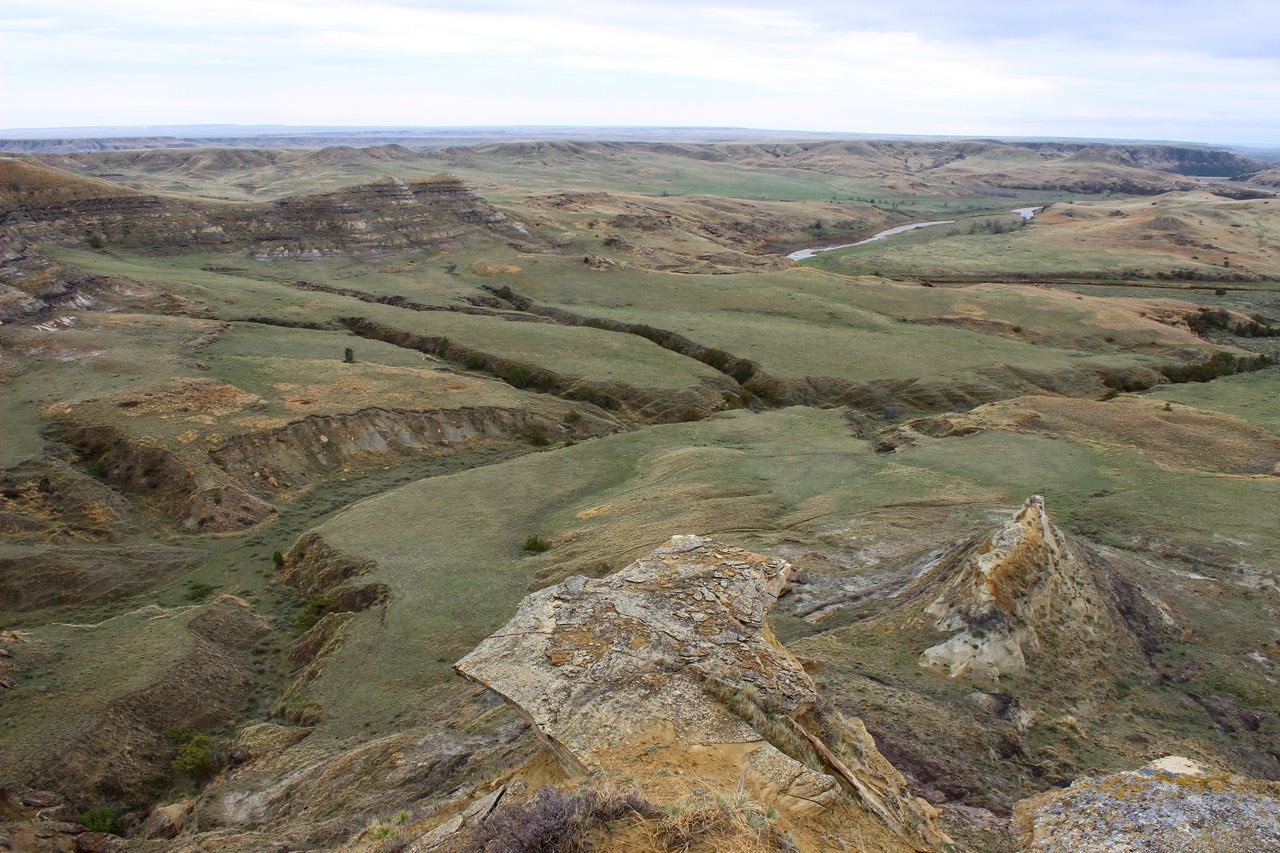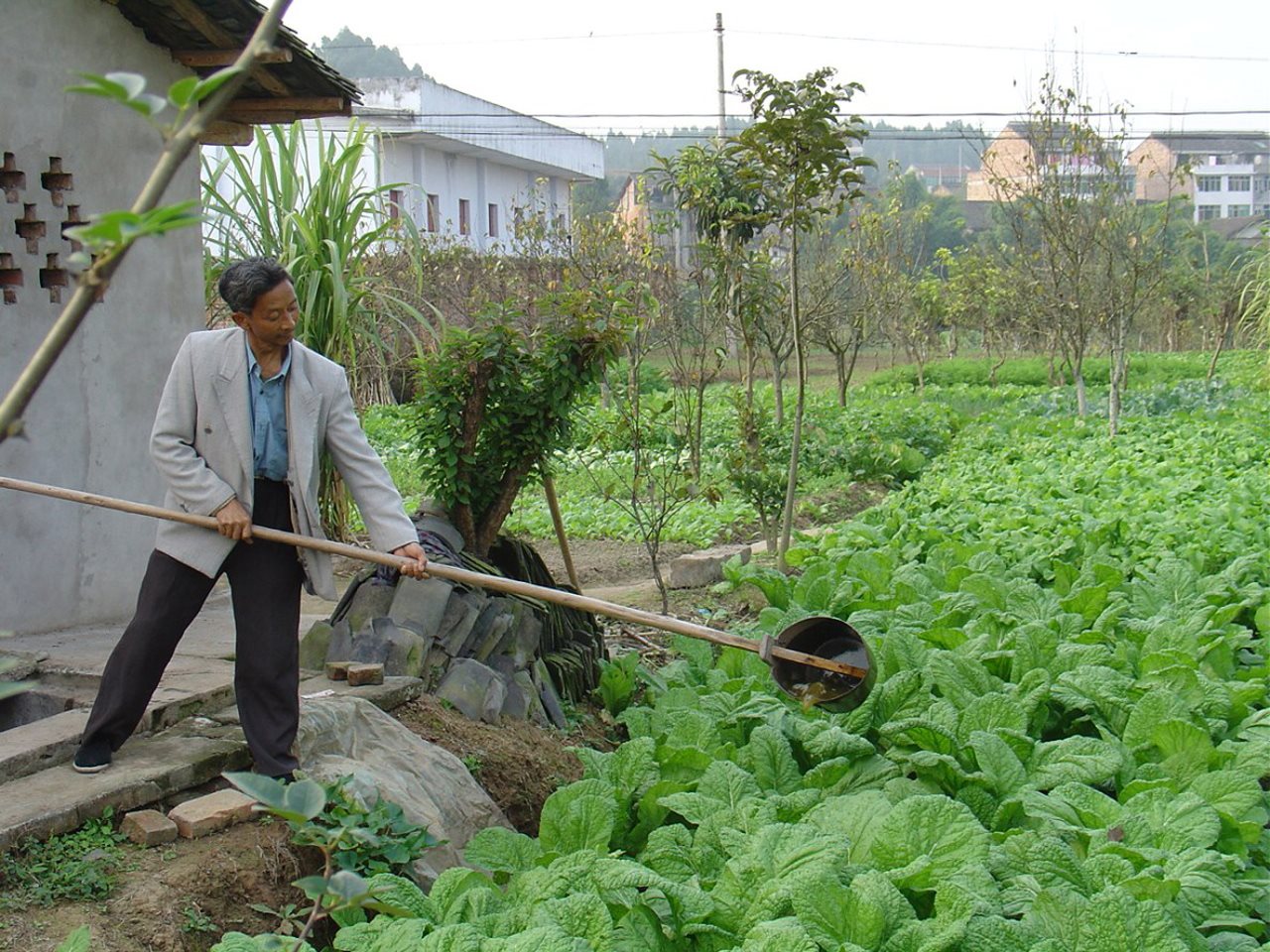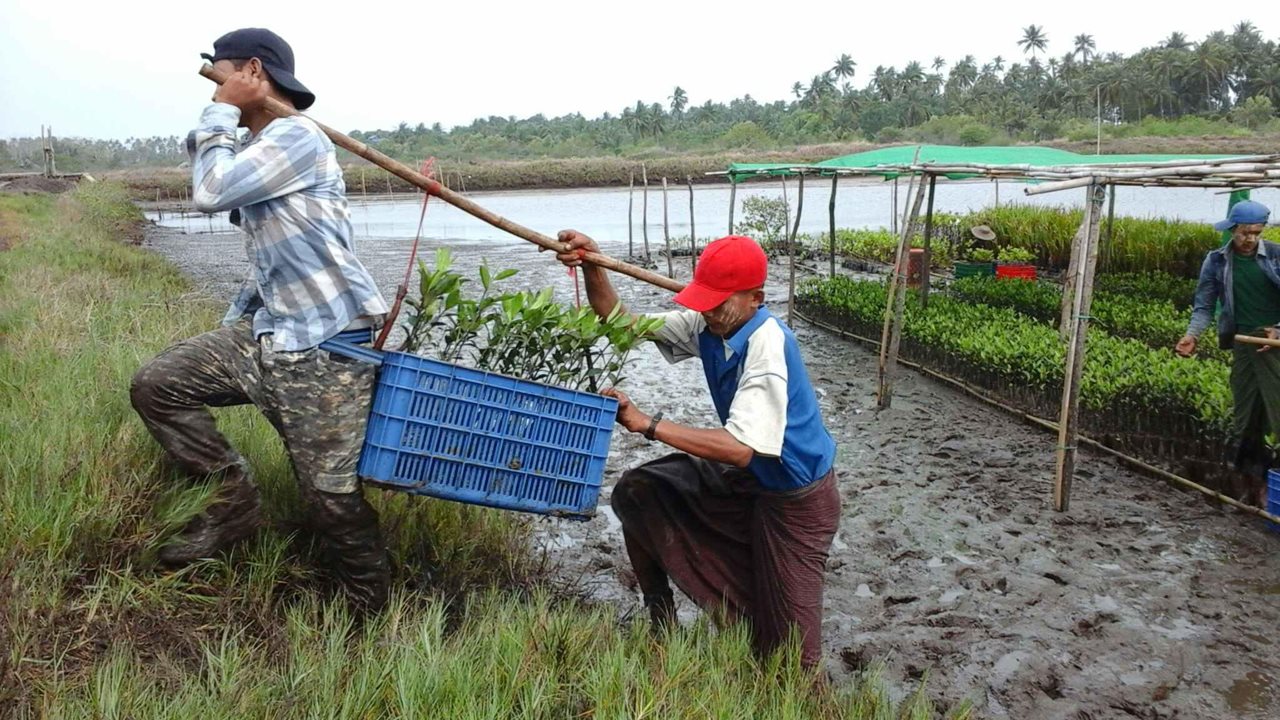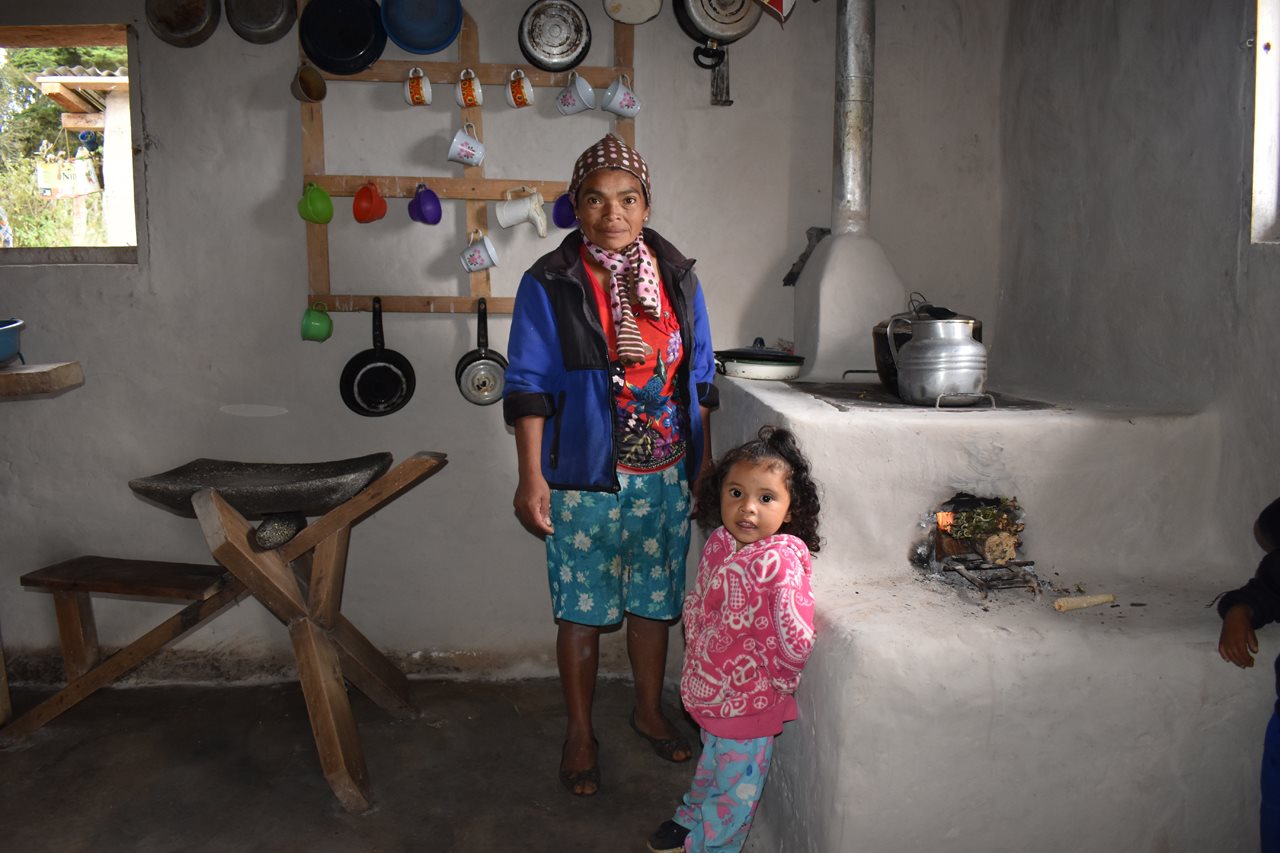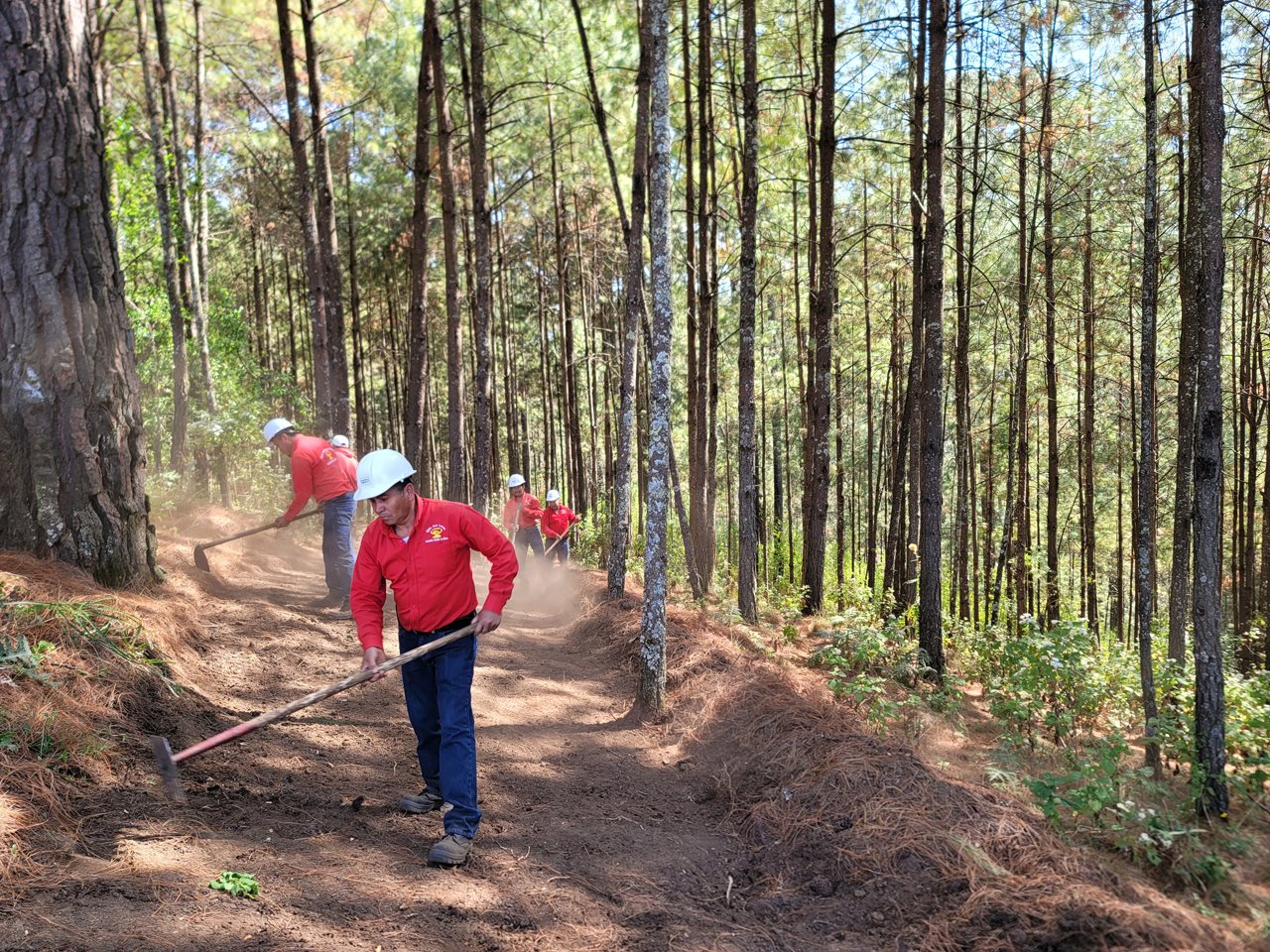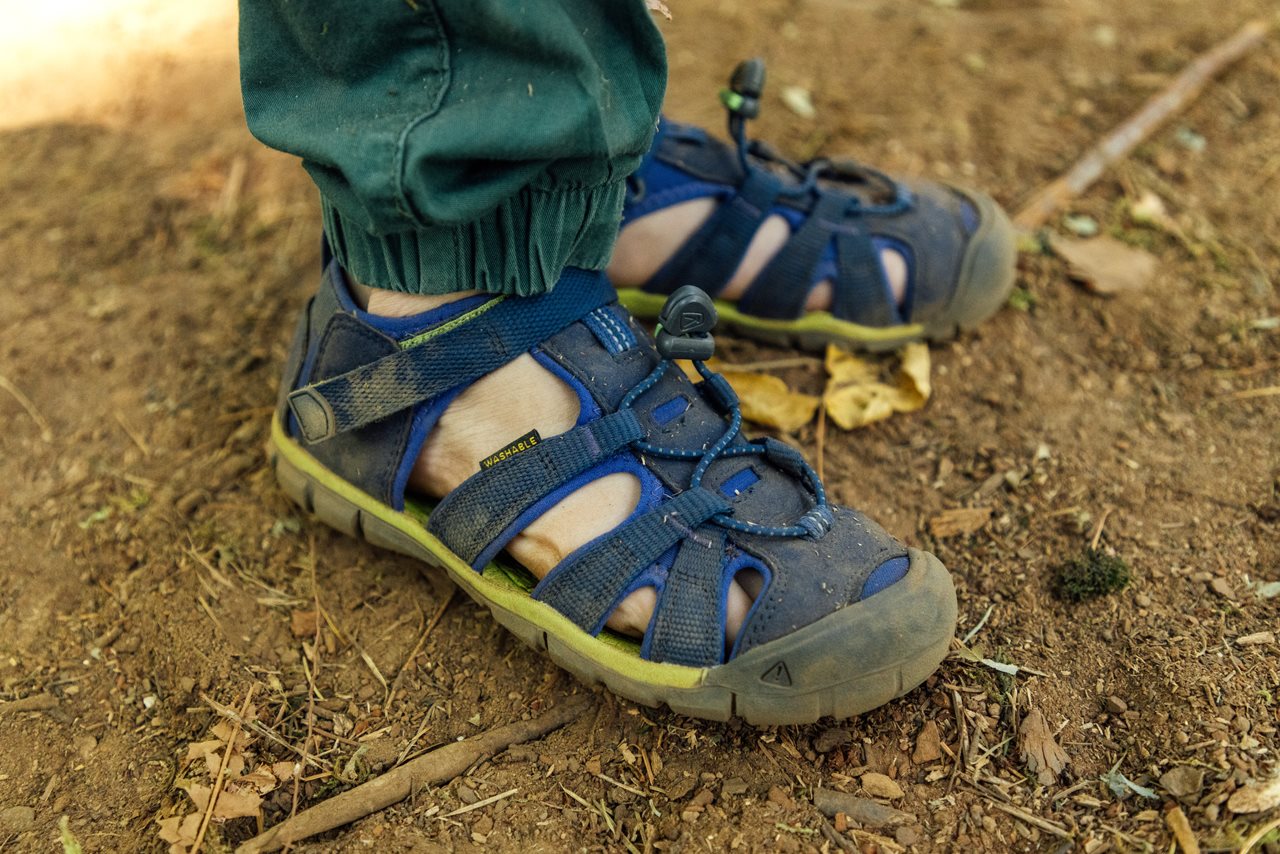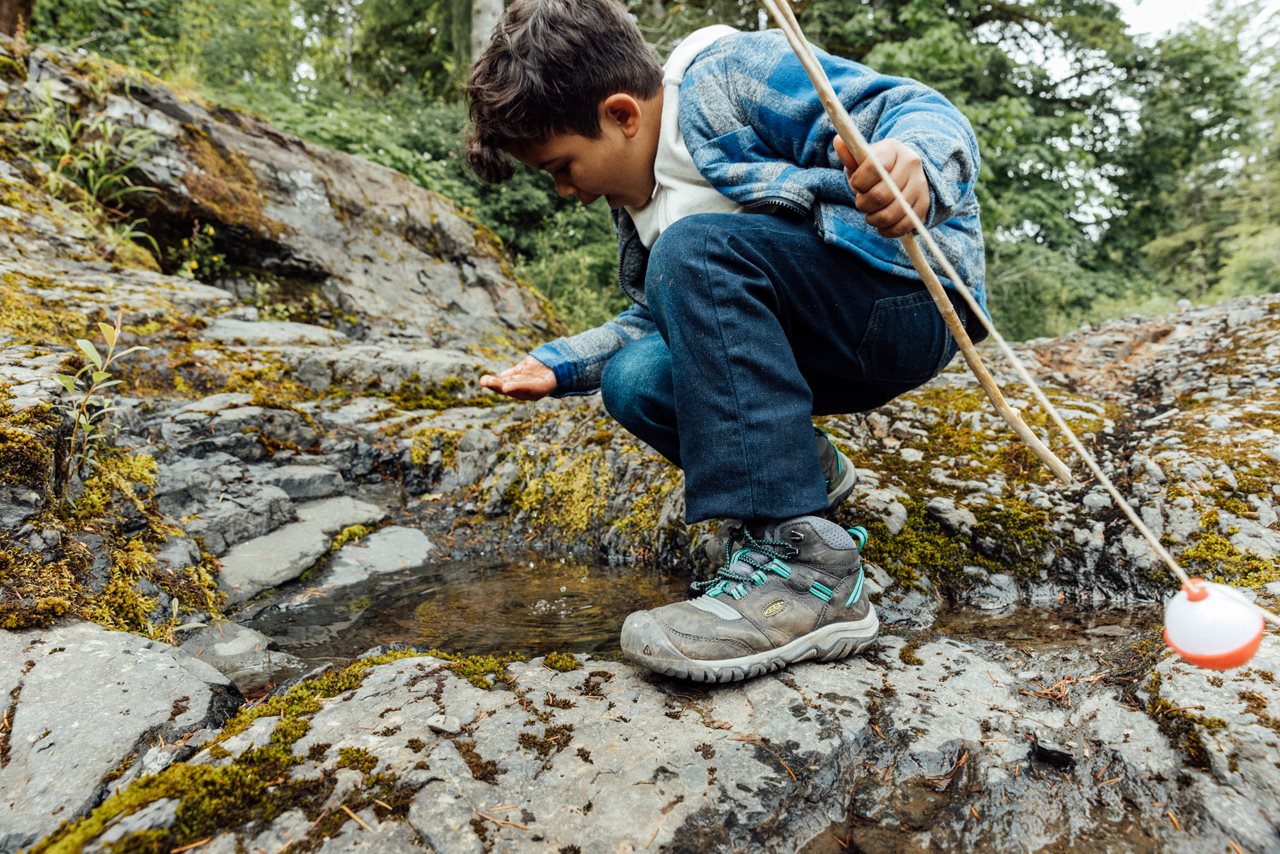2022-04-14T10:35:00
(BPT) – Beef has gotten a bad rap when it comes to environmental sustainability, and the important role cattle play in environmental conservation is often omitted from headlines. It’s true that cattle produce methane, a greenhouse gas, and industry leaders are working to reduce the amount of methane cattle’s digestive systems produce.
Dr. Ermias Kebreab, associate dean for global engagement in University of California-Davis’ College of Agricultural and Environmental Sciences, is studying the most effective feed supplements to limit climate impact. This, paired with the ecosystem benefits cattle provide, demonstrates cows are vital in sustaining healthy environments.
“My research is focused on how we can make cattle more sustainable and reach climate neutrality. Cattle already provide natural benefits by enriching soil quality through carbon sequestration. I want to take cattle’s environmental benefits one step further,” says Kebreab.
All too often the untold story is how cattle farmers and ranchers are actually helping to reduce the amount of carbon dioxide, the world’s most abundant greenhouse gas, in the environment through grazing cattle.
Through grazing management and other sustainable practices, cattle ranching is positively impacting the environment — from the open space it preserves for wildlife habitat to the way cattle naturally regenerate soil and plant life which then capture carbon.
Still skeptical? Read on to see how cattle and sustainability can go hand in hand.
Capturing carbon
By simply grazing, cattle take part in carbon sequestration — the process of plants capturing and storing carbon dioxide underground [1]. In fact, proper grazing management is one of the best ways to store carbon in the soil [2]. This is because cattle recycle nutrients through the soil. They consume and digest plants and their manure enriches the soil, allowing new, healthy plants to grow quickly and effectively, and in turn, capture carbon [3].
Why is cattle’s role in carbon sequestration so important? U.S. soil holds up to 30% of the world’s carbon, and all that stored greenhouse gas is protected by the farmers and ranchers who graze cattle on that land [4]. If you were to develop on that land, you’d release all the stored carbon and rob the soil of its ability to capture additional carbon in the future [5].
Protecting biodiversity
Cattle and bison have naturally preserved the North American ecosystem for centuries [6]. Today, farmers and ranchers across the country graze cattle on varying landscapes and in a range of climates, preserving land that is home to countless species of plants and wildlife [7]. In fact, the land that U.S. ranching families manage preserves the habitat of hundreds of animal species, like butterflies, waterfowl, songbirds, elk, deer and countless others, including many that are on the endangered list [7,8].
Without farmers and ranchers grazing cattle on the land, habitats could be permanently destroyed by development, leading to the endangerment and possible extinction of plant and wildlife species.
Part of the climate solution
Through decades of research, innovation and improvement, the U.S. is the leader in sustainable beef production, but it doesn’t stop there. The beef industry is committed to continuous improvement and through programs like the Beef Checkoff-funded Beef Quality Assurance program, farmers and ranchers across the country have access to the training and tools they need to continue to protect the land.
While grazing and grasslands are already storing carbon, offsetting emissions in the atmosphere and preserving open space, cattle farmers and ranchers know it is their duty to protect the land they have been entrusted to manage.
1. Smith, P. 2012. Soils and climate change. Current Opinion in Environmental Sustainability 4: 539-544.
2. Schuman, et al. 2002. Soil Carbon dynamics and potential carbon sequestration by rangelands. Environmental Pollution 116: 391-396.
3. Scott, Dave. 2018. Livestock as a Tool: Improving Soil Health, Boosting Crops. NCAT.
4. Silveira, et al. 2012. Carbon sequestration in grazing land ecosystems. University of Florida Extension.
5. Follett, R.F., J.M. Kimble, and R. Lal. 2001.?The Potential of U.S. Grazing Lands to Sequester Carbon and Mitigate the Greenhouse Effect. Boca Raton, FL: Lewis Publishers.
6. Neiburger, E.J. 1986. Central States Archaeological Journal. Vol. 33, No. 3, pp. 140-143.
7. Brunson, MW and L. Huntsinger. 2008. Ranching as a Conversation Strategy: Can Old Ranchers Save the New West? Rangeland Ecology & Management 61(2): 137-147.)
8. Barry, Sheila. 2021. Beef Cattle Grazing More Help than Harm for Endangered Plants and Animals.


